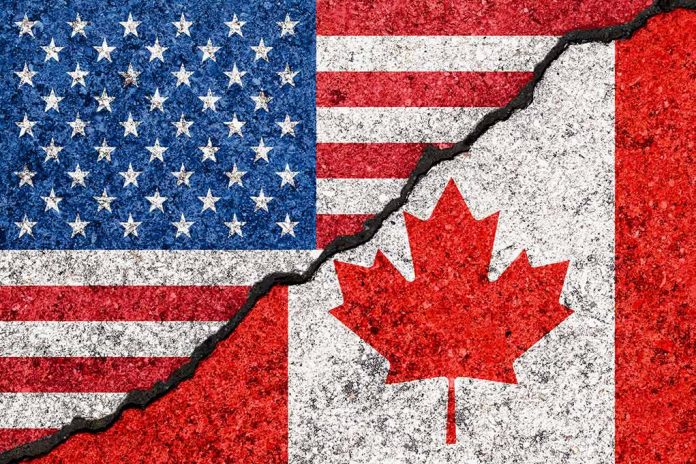
Mark Carney has been unanimously selected as Canada’s new Liberal Party leader and prime minister, stepping into a politically volatile landscape that demands astute economic navigation amidst rising economic instability.
Key Takeaways
- Mark Carney is to become Canada’s new Prime Minister, succeeding Justin Trudeau.
- He was elected Liberal Party leader with nearly 86% of the votes.
- Carney possesses significant economic experience as a former central banker.
- Carney opposes Trump’s tariffs and advocates for a strong domestic economy.
- Upcoming federal elections may shape his political trajectory and the Liberal Party’s future.
Carney Steps Into Leadership Amid Economic Challenges
Mark Carney, formerly a central bank governor, has succeeded Justin Trudeau as Canada’s Prime Minister. His ascension comes as Canada grapples with economic challenges exacerbated by U.S.-imposed tariffs. Carney’s track record as Governor of both the Bank of Canada and the Bank of England positions him as a pivotal figure in navigating these tumultuous times. He won the Liberal Party leadership with a staggering 85.9% and now faces the task of unifying his party in preparation for an imminent federal election.
Despite his lack of traditional political experience, Carney’s economic acumen is widely recognized. He has managed crises previously, such as during the 2008 financial downturn and the post-Brexit economic environment. Carney’s leadership style, characterized by technocratic expertise, contrasts starkly with opposition leader Pierre Poilievre’s confrontational rhetoric.
Economic Strategies and Public Perception
During his maiden address as the Liberal leader, Carney criticized President Trump’s trade policies, indicating his stance against unjustified tariffs. He supports retaliatory tariffs and advocates for domestic economic reforms to safeguard Canada’s economy. His promise to eliminate the carbon tax represents a strategic shift, aiming to bolster Canada’s economic resilience. Carney’s proactive approach, built on reinforcing strong private sector involvement, is likely to influence Canada’s political course.
In light of his economic plans, Carney has faced scrutiny, with critics highlighting potential conflicts from his past roles, particularly concerning Brookfield Asset Management. The Conservative Party, under Poilievre, ties Carney to Trudeau-era policies, complicating public perception amid Canada’s political dynamics.
Elections and Canada’s Future
Carney’s appointment signals potential shifts for the Liberal Party and Canada’s broader political narrative. The upcoming election is crucial as Carney lacks a parliamentary seat, an unusual scenario for a sitting Prime Minister. His leadership may impact Liberal momentum, challenging incumbent fatigue and navigating Canada-U.S. trade tensions. Carney aims to fortify ties and diversify trade partners, ensuring Canada’s potential on the global stage remains intact.
As Carney assumes leadership, his political journey will be observed closely. The outcome of the next election is pivotal, determining whether Carney’s leadership can positively influence Canada, or if the Liberals will face the prospect of becoming the opposition. His tenure could redefine the political and economic trajectory of the nation.
Sources:
- Mark Carney set to become Canada’s new prime minister after Justin Trudeau’s resignation – CBS News
- Mark Carney to be Canada’s next prime minister
- Who is Mark Carney, Canada’s new Liberal leader and next prime minister? – DNyuz



